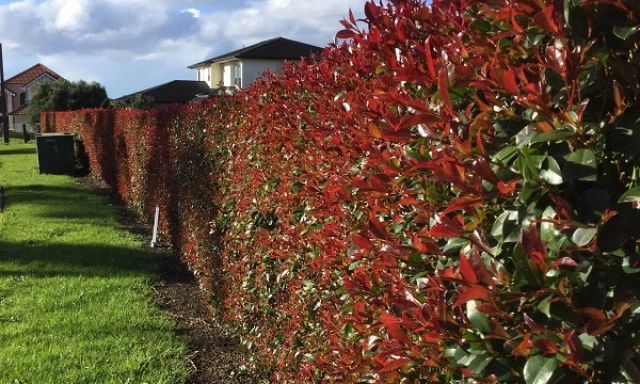Worms Equal Soil Health
Gardeners know that having earthworms in the soil is good for the soil. Earthworms improve drainage and aeration by tunnelling through the soil. They move nutrients to deeper levels in the soil by taking organic material deposited on the surface to lower levels. They breakdown organic matter from large complex molecules into smaller simpler molecules that a plant can use.
But not all gardeners know that you can measure the fertility of your garden soils by counting the earthworms.
How to Measure the Fertility of Your Soil
Dig out a cube of soil 30 x 30 x 30 cm and count the earthworms you find. If you find 10 or more earthworms your soil is fertile and healthy. If you find fewer than 10 earthworms, you should consider improving the fertility of the soil and encouraging earthworms.
How to Encourage Earthworms in Your Garden
Grey earthworms (Aporrectodea caliginosa) are the most common earthworm in New Zealand. The most common others and how to identify them, include:
- Blue-grey worm (Octolasion cyaneum) lives in topsoil, about spade depth. Fat, blue-grey body; yellow tip on tail; yellow ring on neck.
- Grey worm (Aporrectodea caliginosa) lives in and eats garden soil. Pink-grey body, dark pink head, up to 15 cm long.
- Tiger worm (Eisenia fetida) lives in/eats organic matter, leaf litter and compost. Bright red body with yellow stripes, up to 13 cm long.
- Dung worm (Lumbricus rubellus) lives in organic matter, especially cow pats. Brown body, red saddle, 3-10 cm long.
- Nightcrawler (Lumbricus terrestris) lives up to 3 m deep in soil in North Island. Very large (up to 30 cm); red-brown body; flat tail.
- Black-headed worm (Aporrectodea longa) lives deep in soil, mostly in North Island. Large (9-12 cm); dark grey-brown body.
If your garden has very few or no earthworms, you may need to introduce earthworms to get a population started. The best way to transfer earthworms into your garden is to dig up large chunks of soil rich in earthworms and worm burrows and set them whole in your garden so that new earthworm colonies can get started. Chose soil of a similar type to where you want to introduce the earthworms.
Lawn clippings enhance the habitat for beneficial microorganisms and earthworms. Earthworms ingest the clippings at night, further increasing the aeration and fertility of the soil, and maintaining a thatch base in lawns that allows the lawn to feel springy when walked on. If too much thatch is removed, worms will migrate to other more favourable habitats. If the worms migrate or are killed, a deep thatch can result, causing the lawn soil to become compacted and less fertile.
Where the earthworms feed, and how they improve the soil depends on the species. For example do not move earthworms from your compost heap to the garden, they don't like it – there's not enough organic matter; it's best to leave the stripy red earthworms in compost in the compost and leave soil earthworms that like eating soil in the soil, and surface-dwellers that like eating organic matter in the surface. Leave earthworms in their respective habitats.
If there are few earthworms in your garden soils it could mean that the soil is compacted, low in organic material or too acidic. Fork and loosen the soil and add organic material such as grass clippings, compost or animal manure to your garden; these will help earthworms thrive. Make sure the pH of the soil is above 4.5, add lime if the pH is below 4.5.
Worms can lose up to 20% of their body weight each day in mucus and castings, so they need moisture to stay alive. Groundcover reduces moisture evaporation and decaying organic matter (humus) holds moisture in the soil. In dry periods, some species burrow deep into the soil and are inactive until rain 'reactivates' them. So, keep the soil well-watered deep down by irrigating in dry periods. Water long and slow so that the water penetrates deep in the soil where it is more beneficial to the earthworms and does not evaporate off so quickly.
Keep those earthworms tunneling.


